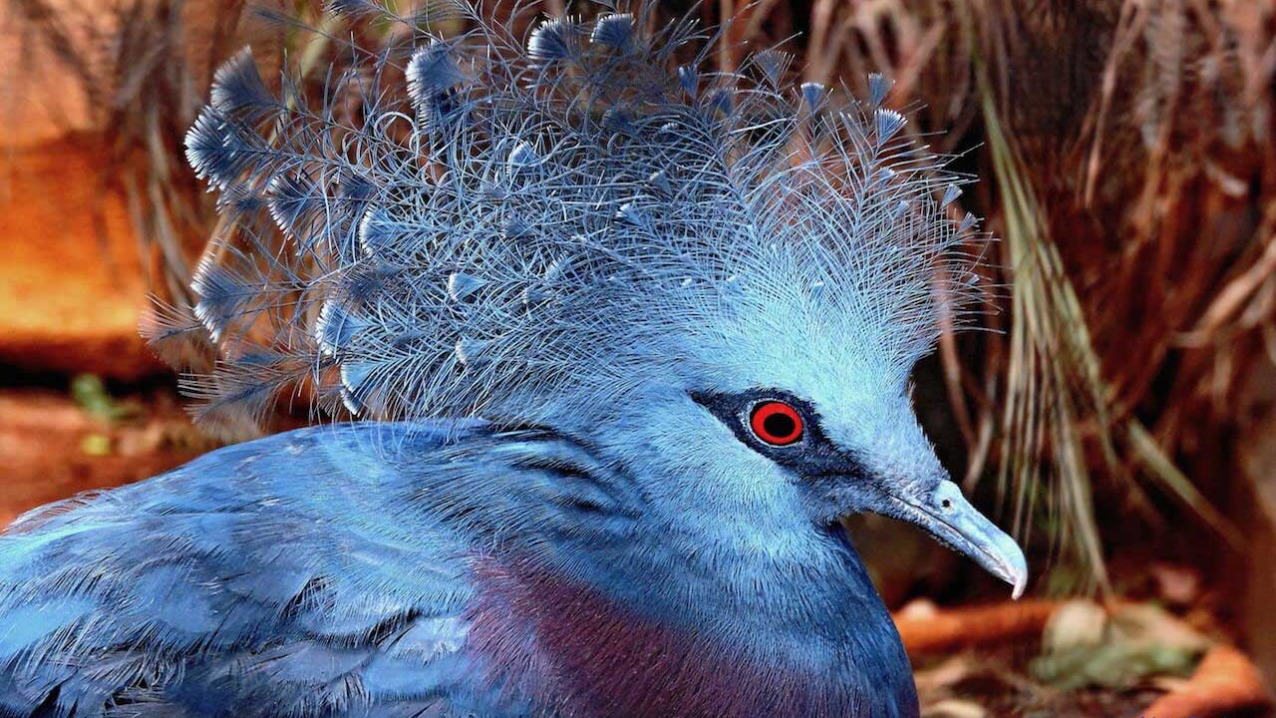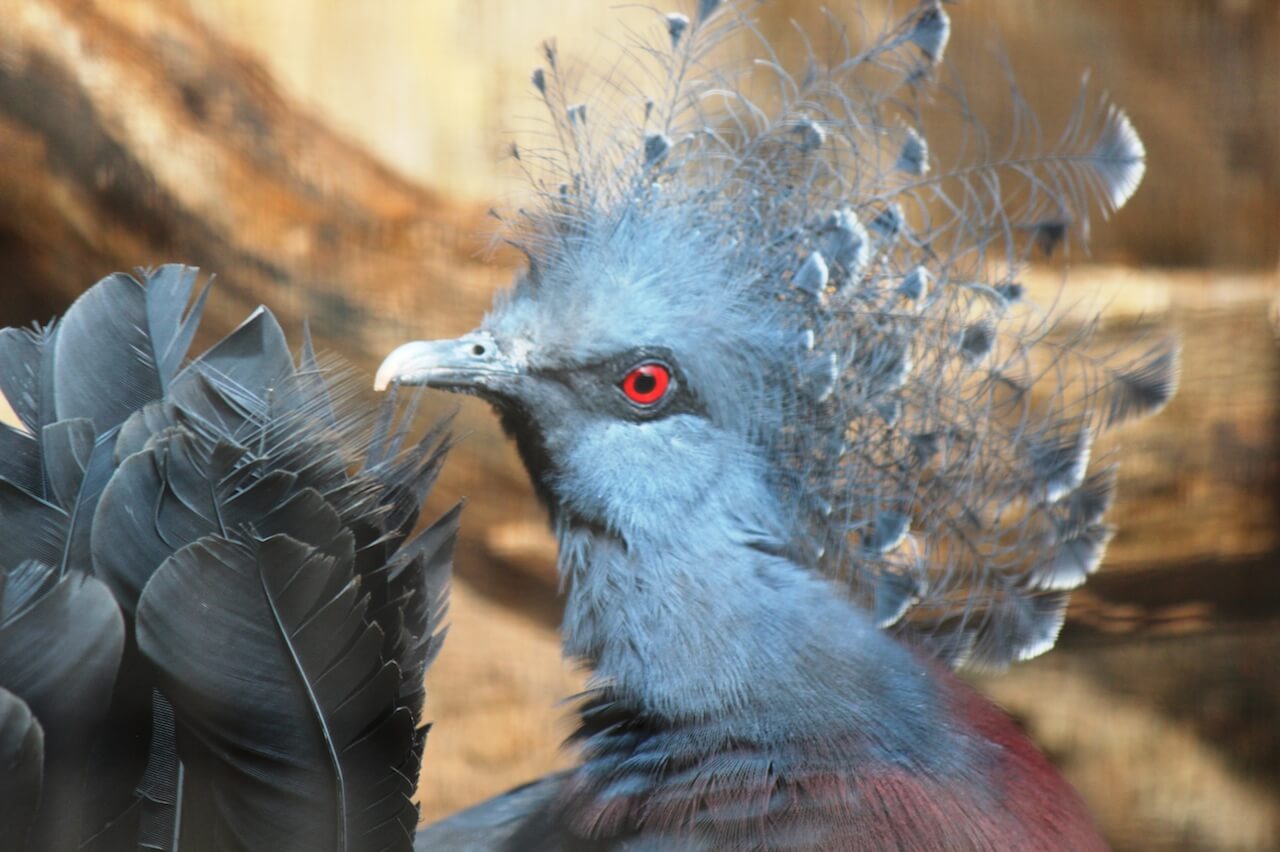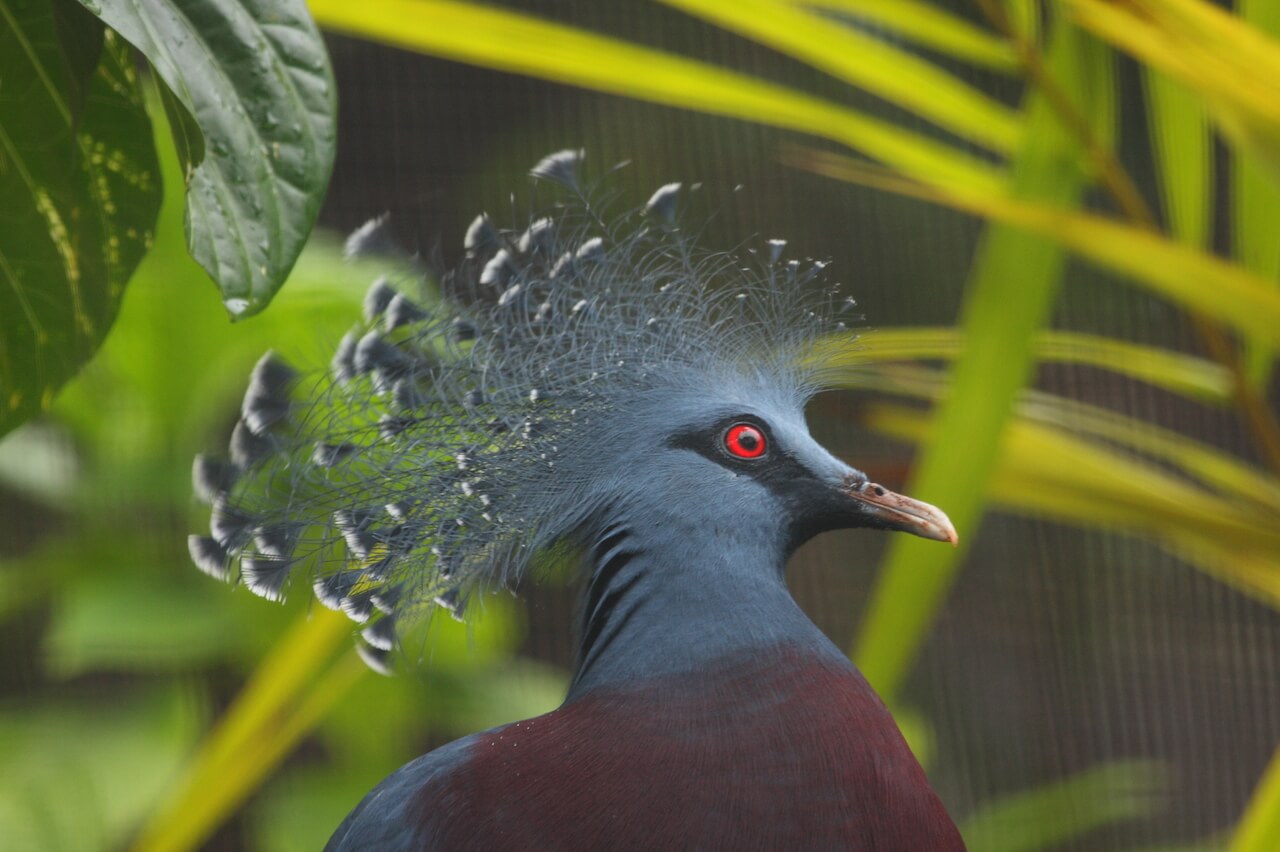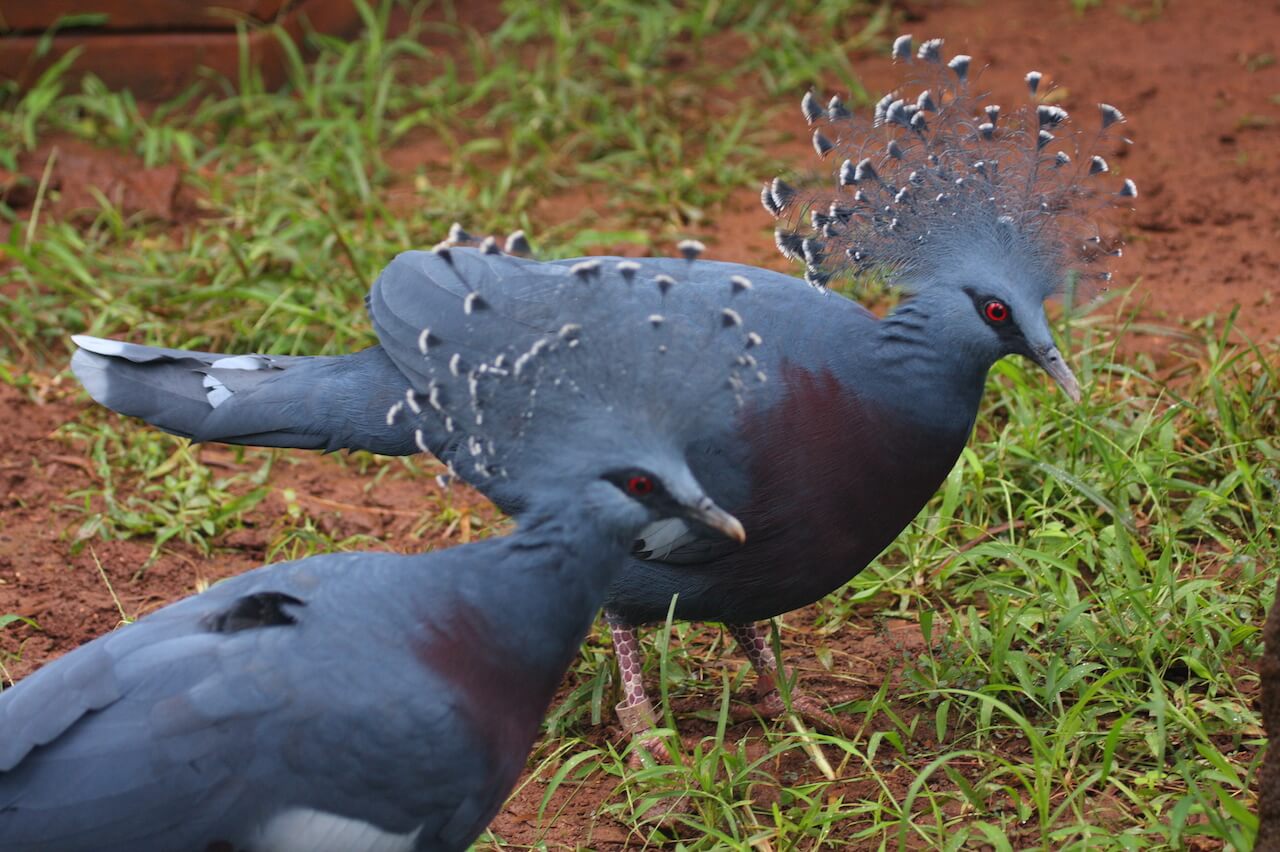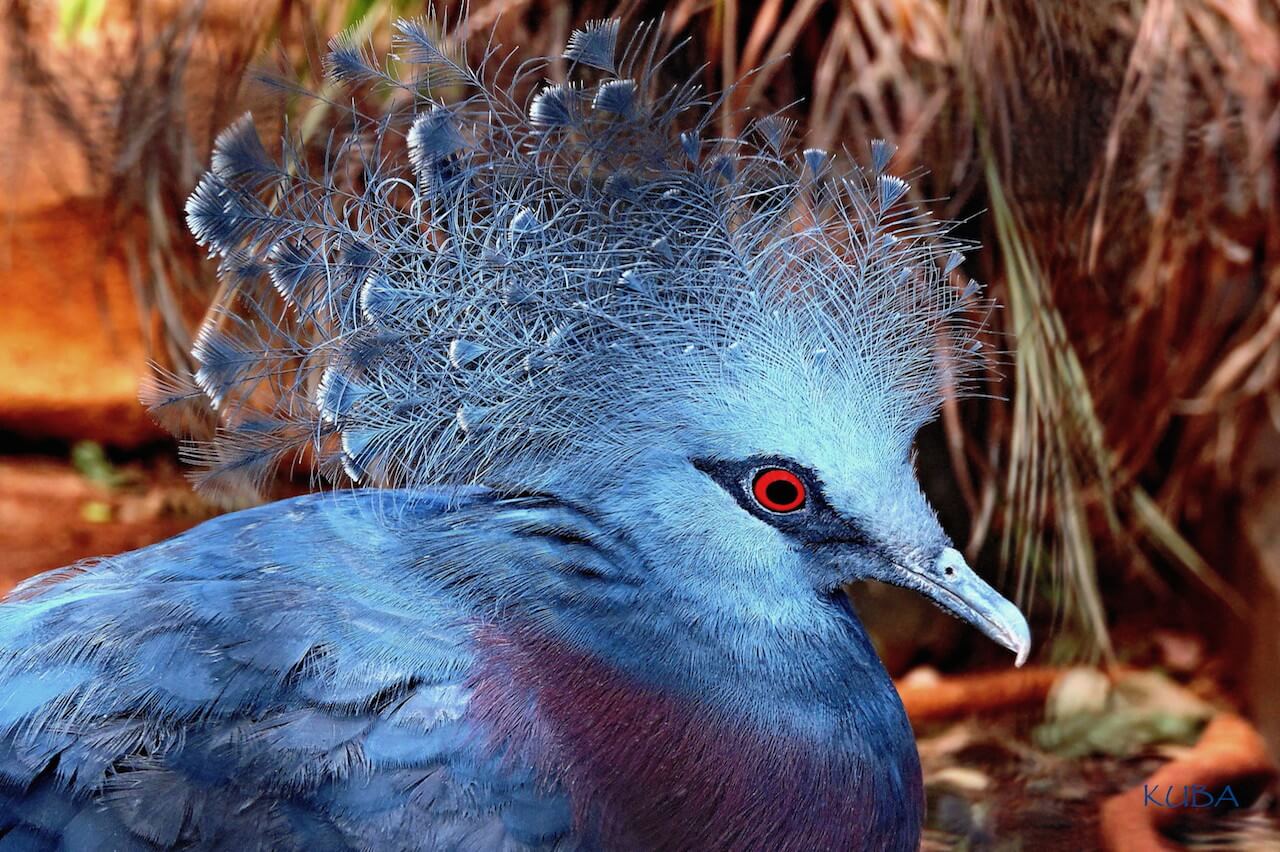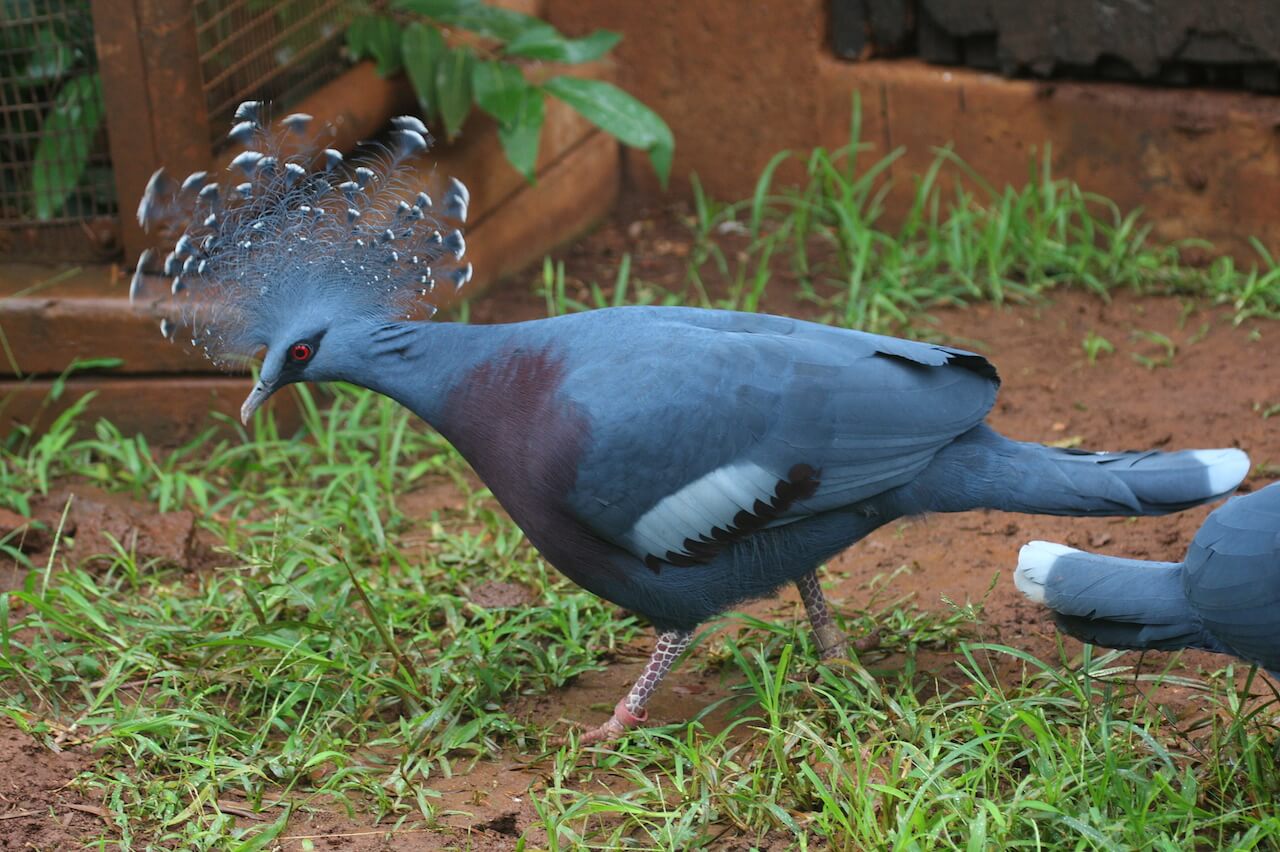goura victoria
Victoria Crowned Pigeon
About Me
Scientific Name: Goura victoria
Description
Crowned pigeons differ from other pigeons in having sixteen instead of twelve tail feathers, in the scaling of their legs, in lacking an oil gland and gall bladder, and in possessing a large, fan-shaped crest of erect lacy feathers. The crest is so large and beautiful that these birds have been hunted as much as the birds of paradise.
Fun Facts
The crowned pigeons, belonging to the family Gourinae, are large blue-gray birds with deep maroon below.
All pigeon and dove species move about in flocks during the day and roost together at night. These birds begin the morning with a chorus of calls before the flock sets out to feed and drink.
Kingdom: Animalia
Phylum: Chordata
Class: Aves
Order: Columbiformes
The Victoria crowned pigeon, Goura victoria, and the Common crowned pigeon, Goura cristata, are the peacocks of the pigeon family. They are the largest surviving pigeons.
The crowned pigeons, belonging to the family Gourinae, are large blue-gray birds with deep maroon below. The most noticeable difference between these two pigeons is that the Victoria crowned pigeon’s crest is tipped in white while the Common crowned pigeon’s is not.
Crowned pigeons differ from other pigeons in having sixteen instead of twelve tail feathers, in the scaling of their legs, in lacking an oil gland and gall bladder, and in possessing a large, fan-shaped crest of erect lacy feathers. The crest is so large and beautiful that these birds have been hunted as much as the birds of paradise.
In addition to being hunted for their crests, these pigeons are also hunted for their flesh, which, like that of all pigeons is good eating. These fine large birds, though now protected by law, have largely disappeared near human habitations, but are reported to be fairly common in the wilder jungles of New Guinea.
Unlike other birds, pigeons and doves do not sip when drinking, but instead they immerse their bill, sucking up water.
All pigeon and dove species move about in flocks during the day and roost together at night. These birds begin the morning with a chorus of calls before the flock sets out to feed and drink. They then return to their perching place, where they stay during the hottest part of the day. In the afternoon they again go off to feed and drink, finally retiring at night. Such regular habits allow them to adapt quite easily to captivity.
In the wild, crowned pigeons feed on fruits, berries and large seeds. In the Zoo they are fed Game Bird chow, seeds, and assorted fruits.
Nests are placed in shrubs and trees, relatively low. They prefer areas with tall hedges and thickets to woodlands. The male chooses the nesting site and gathers twigs, roots and other materials, which are set in place by the female. These birds are monogamous and tend to mate for life.
There is usually only one egg laid; it is elliptical in shape and white, with a faint bluish tinge. Male and female share incubating duties for about 30 days, after which the chick is hatched nearly naked. These birds are altricial. The young can fly when they are three weeks old.
Pigeons are unusual among birds in that they produce a milk which has a chemical composition similar to that produced by mammals. Flamingos are the only other birds to share this feature. Pigeon or crop milk is a secretion of the adult crop which forms the complete diet of nestlings for the first few days of life. Crop milk is produced by both sexes.
Other Birds
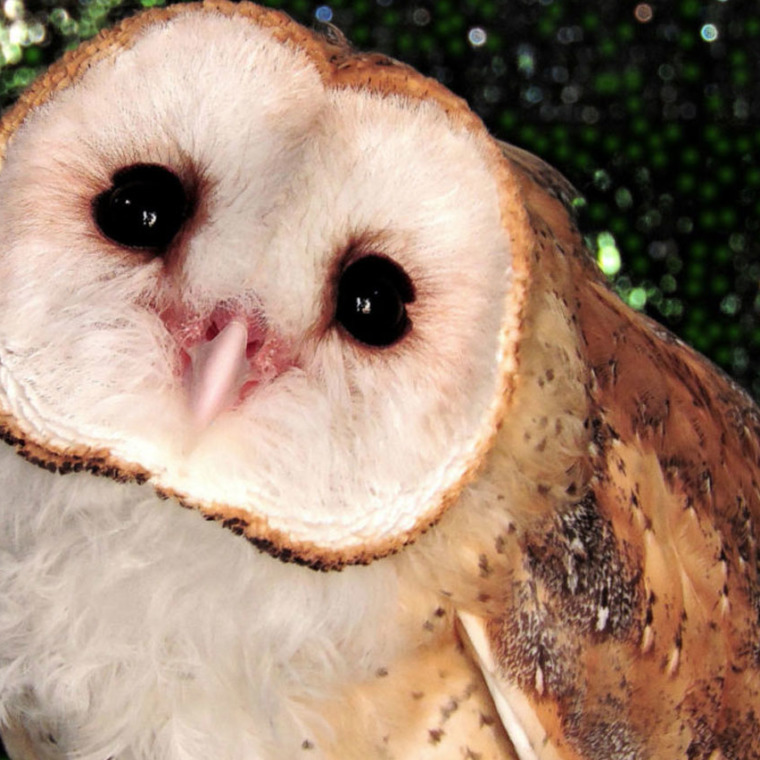
Barn Owls are found throughout the globe, in Europe, Africa, Asia, Austrailia, and the Americas
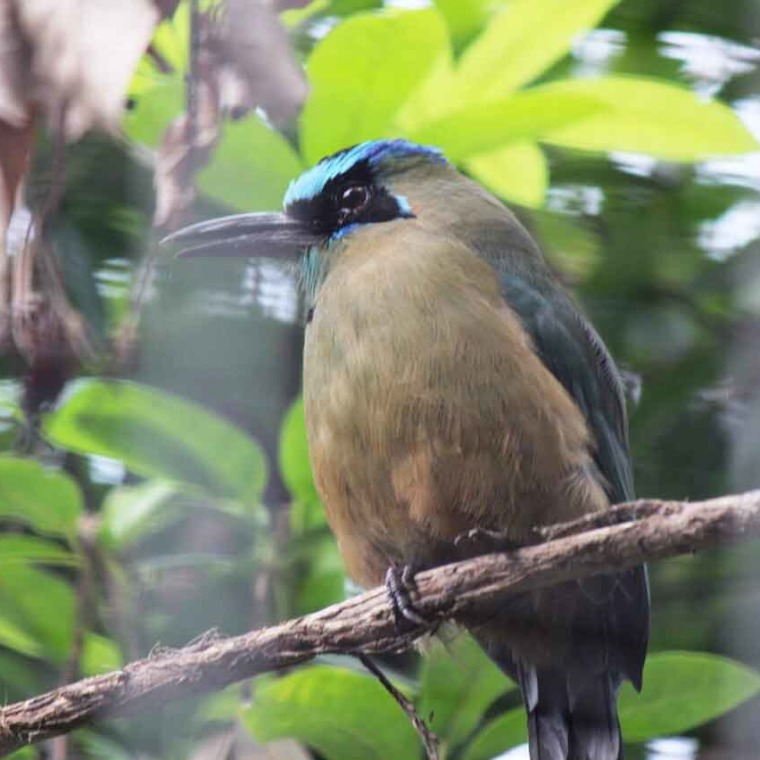
This animal can grow over a foot in length! Motmots possess a serrated beak and red eyes, with a black mask that encircles their heads.
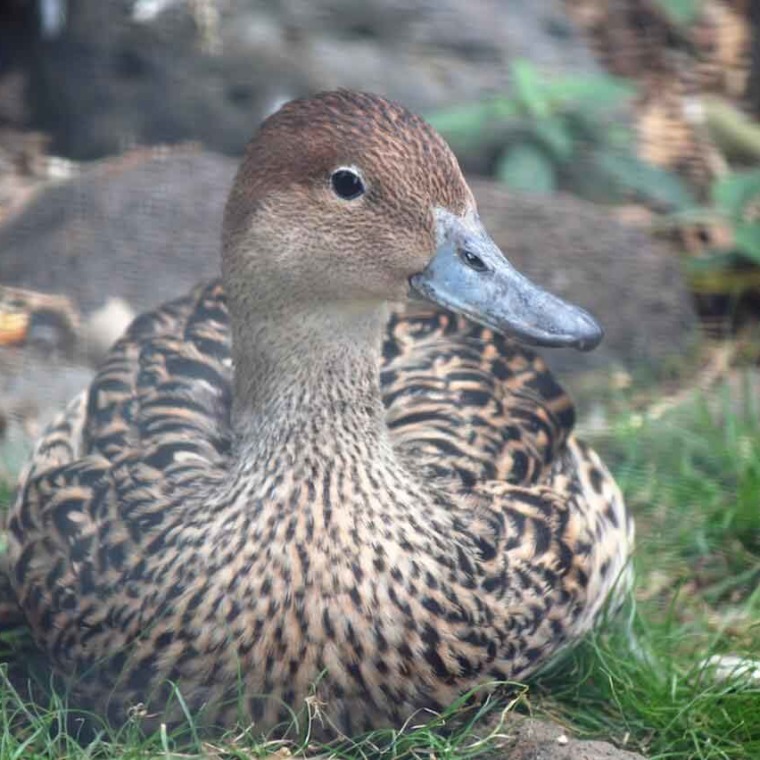
Koloa maoli are very secretive and difficult to observe except in protected areas such as Hanalei National Wildlife Refuge on Kauai.
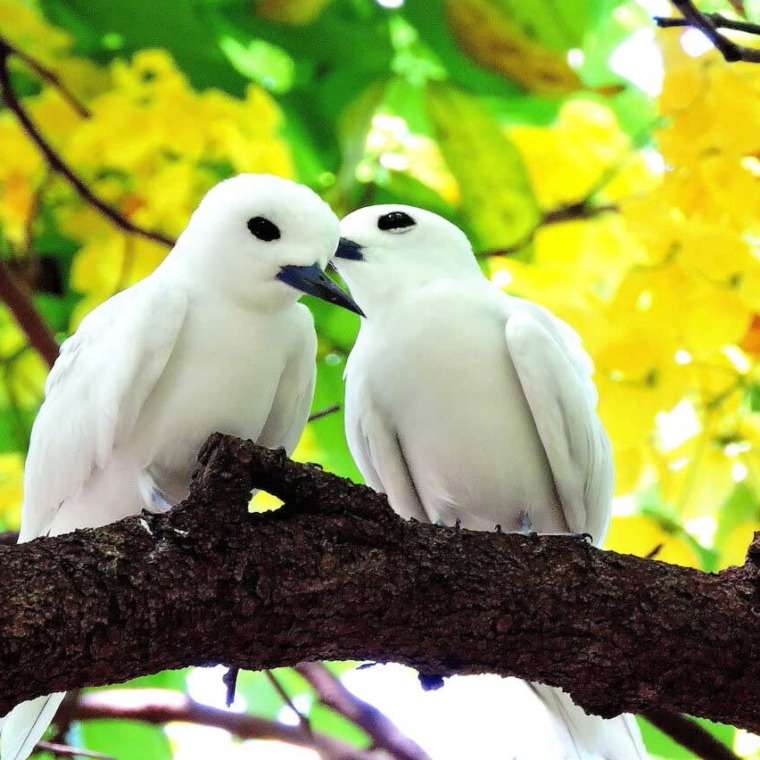
This bird is found primarily on islands, and has a wide ranger across the equatorial band of every ocean on Earth, save for the Arctic Ocean, which does not cross the equator.
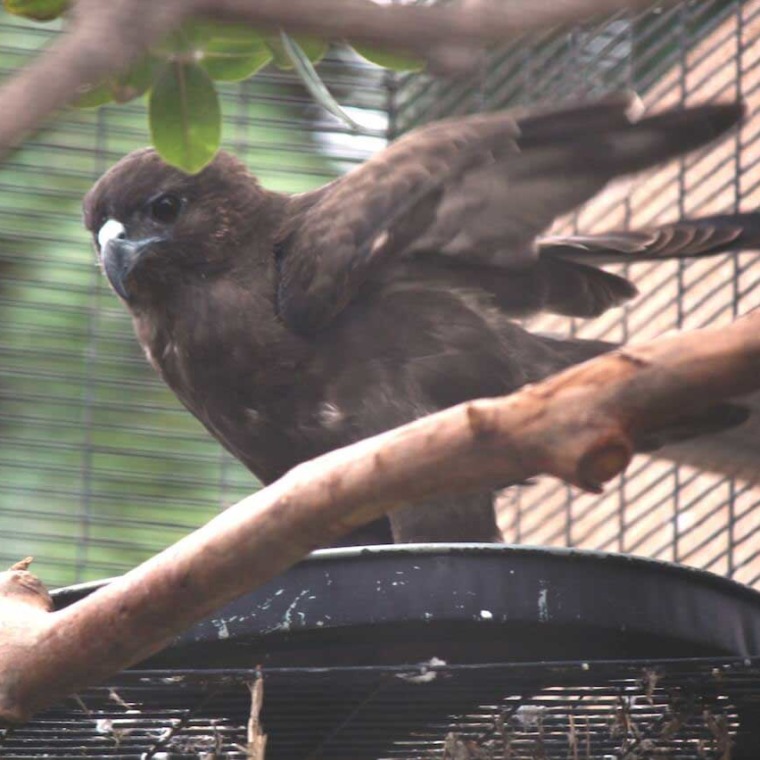
’Io prefer to hunt from tall perches that they use to survey their prey; however, they are known to dive at targets from mid-flight if the opportunity presents itself. are territorial and come together only to breed.


